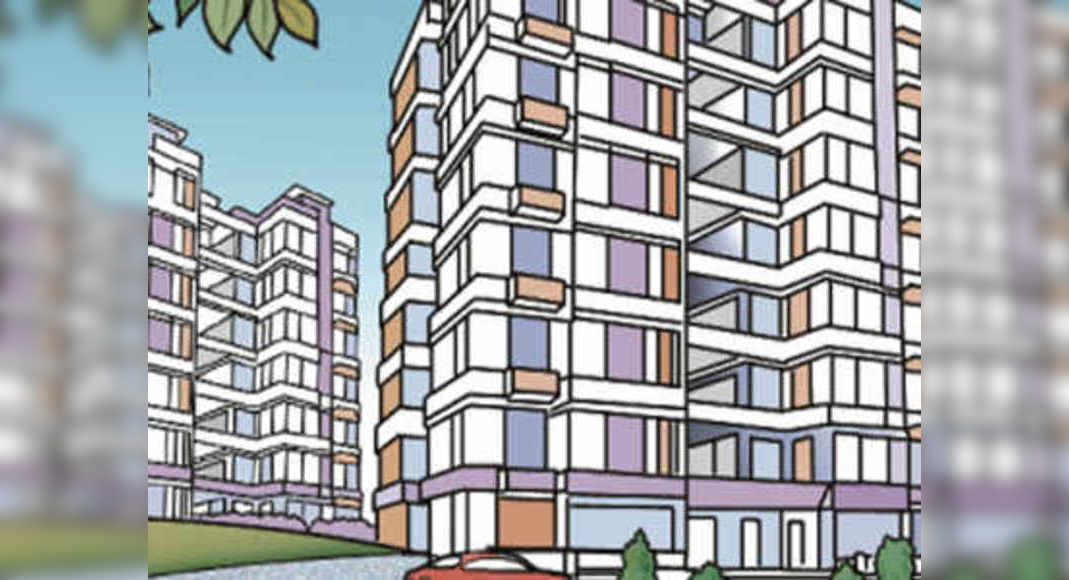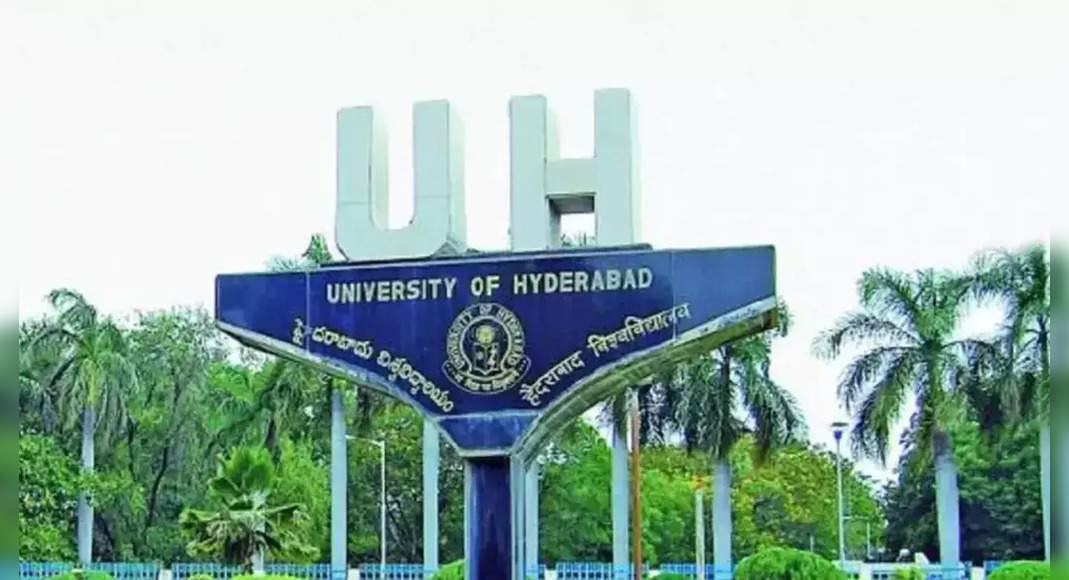HYDERABAD: The rush of highrises, especially along the city’s western corridor, has put the spotlight back on a 15-year-old government policy: Unlimited floor space index (FSI).
Latest data available with TOI reveals that many of these big-ticket projects in Hyderabad – the only city in India with no FSI cap — are recording FSIs of anywhere between 9 and 13, with the average hovering in the 6 to 7 range.
The national average is 2 to 2.5.
This means, builders in all other Indian cities cannot construct more than 2.5 lakh square feet (on an average), on one acre of land and must mark the rest as open area.
In Hyderabad, though, they have no such limit.
As a result, multiple upcoming commercial projects across Gachibowli, Manikonda, Madhapur – data showsare clocking between 4 lakh and 5.5 lakh sft per acre, with the minimum ranging between 3.2 lakh and 3.8 lakh sft per acre.
While FSIs in the residential segment are lower in comparison, there too, several projects across Narsingi, Hi-Tec City, Kokapet are found crossing the 6 to 7.5 FSI mark.
“This is a frightening trend, especially if it happens within core city limits.
Construction overload with limited open space can build excessive pressure on the civic infrastructure and lead to several problems: reduced road widths, congestion, urban flooding, sewage overflow among others,” said C Ramachandriah, social scientist with the Centre for Economic and Social Studies.
He added: “While the problems might not show up in the peripheral areas right away, given that these projects are still underway, they will become hurdles in the future if we do not plan sensibly now.
We need to decongest the city, not clutter it further.” Architect, G Shankar Narayan, agrees.
His solution: A variable FSI depending on the infrastructure of an area.
“It is true that overbuilding can sap the city of its natural resources.
But a blanket FSI is not the solution.
The government must cap FSI of a certain locality after assessing the strength of its infrastructure – roads, water lines, public transport system etc.
It can be different for different areas,” he said.
Apart from civic issues, excessive building can also compromise with the quality of construction, feels Mahesh Khaitan, director of Salarpuria Sattva Group, calling for a cap of at least 5 or 6 on Hyderabad’s FSI.
“But if that happens, the city will no longer remain as affordable as it is now,” argued Ashwin Rao, director of Manbhum Group.
He said: “If we limit construction on a piece of land, it will reduce the supply and create a demandsupply gap.
As a result, a house that is now available for Rs 6,000 per sft will cost a buyer Rs 12,000 per sft.” Further, citing the example of Bengaluru – the maximum FSI there is 3.25 — he said, despite the cap the city is choking and is ridden with civic issues.
“Hyderabad, on the other hand, has world-class infrastructure, especially its road network.
Unlimited FSI is not a bane, it’s what is fuelling growth,” he added.
Must review FSI rule: PlannersIn 2006, the then Andhra Pradesh government had brought in new building laws (GO 86) to attract real estate investments to the capital city.
The order scrapped all floor space index regulations –or floor area ratio (FAR) as it is called in some states — which basically dictates how much a developer can build on a certain piece of land.
While that did become Hyderabad’s USP over time, urban planners and some sections of the realty industry feel that the government must review the rule now – 15 years later.
They fear that uncontrolled vertical construction can result in the collapse of Hyderabad’s infrastructure.
They attribute the city’s steep rise in land cost to the unlimited FSI rule.







